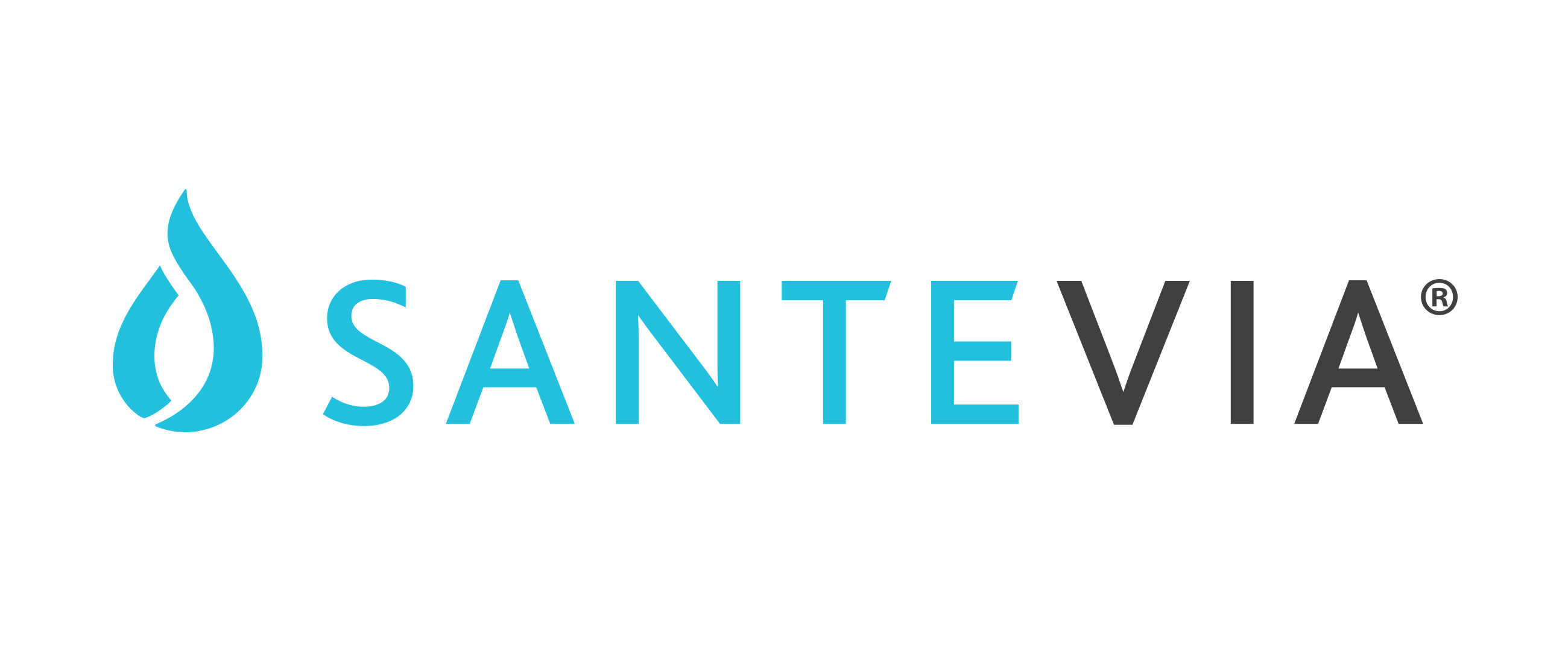Say No to Single-use Plastic

Single-use plastic.
A term that has earned a poor reputation lately. Rightfully so.
So, why is single-use plastic bad? Throw your plastic waste in the blue bin, and you’ve done an “environmentally-friendly” deed, right? Wrong.
Single-use plastic pollutes our oceans, land and air. Let’s take a closer look at the damage.
Humans produce over 300 million tons of plastic annually, and over 50% of total plastic production is for single-use consumption. That’s over 150 million tons of single-use plastic produced per year.
While efforts are made to recycle single-use plastics, recycling initiatives have failed to keep up with consumption. Research carried out by Science Advances testifies that “the total volume of all plastic ever produced is around 8.3 billion tonnes, and 6.3 billion tonnes of that is now waste”. Moreover, the majority of water bottles end up in landfills or the ocean. It takes up to 450 years for the ocean to break down a plastic water bottle.
If global consumption patterns remain unchanged, it’s predicted that by 2050 the ocean will be home to more plastic than fish (by weight). Plastic pollution in the ocean results in severe degradation of marine ecosystems and over time poses a profoundly negative effect on many industries that rely on the ocean to exist - such as fishing, tourism and shipping.
Not only does plastic damage our oceans and the economies closely tied to them, but plastic is also a major contributor to global greenhouse gas emissions. In 2019, the production and incineration of plastic will produce more than 850 million tons of greenhouse gases. This is equivalent to the annual emissions coming from 189 coal power plants.
Greenhouse gas emissions from plastic directly undermine efforts to meet global carbon emissions targets. Our dependence on and demand for single-use plastic, therefore directly threatens international efforts to keep the global temperature rise below 1.5 degrees celsius.
If we don’t meet this temperature target, we can expect to experience detrimental impacts on our environment, including severe heatwaves, extreme drought affecting hundreds of millions of people and continued rising sea levels.
So, next time you go to grab a single-use water bottle at the Starbucks checkout, think about your choice.
Think about how each piece of plastic you put into the environment negatively affects the air you breathe, the oceans you swim in, and the land you live on.
Be proactive as you go about your day - pack a water bottle, an on-the-go water bottle filter, and say no to single-use plastics.

